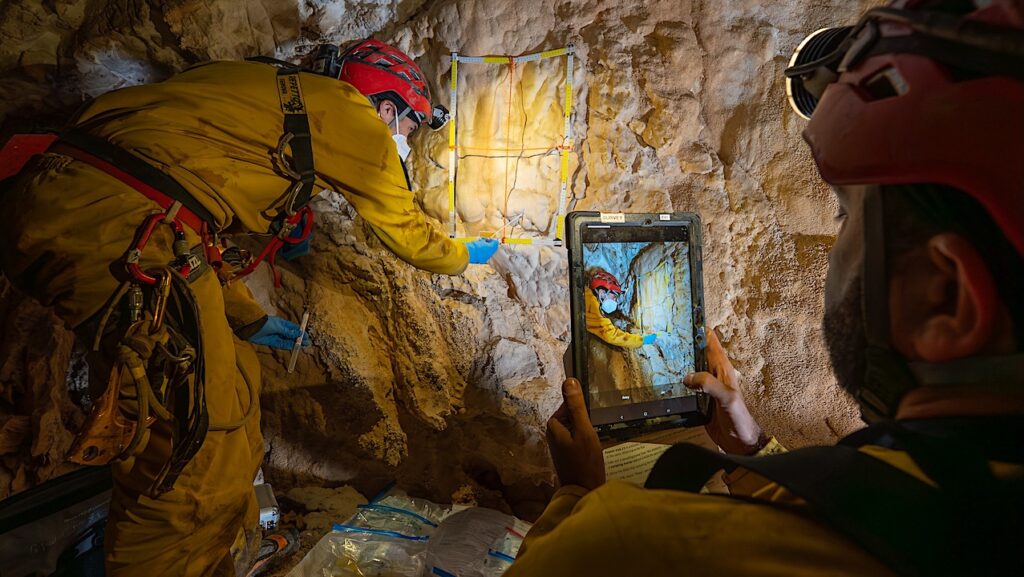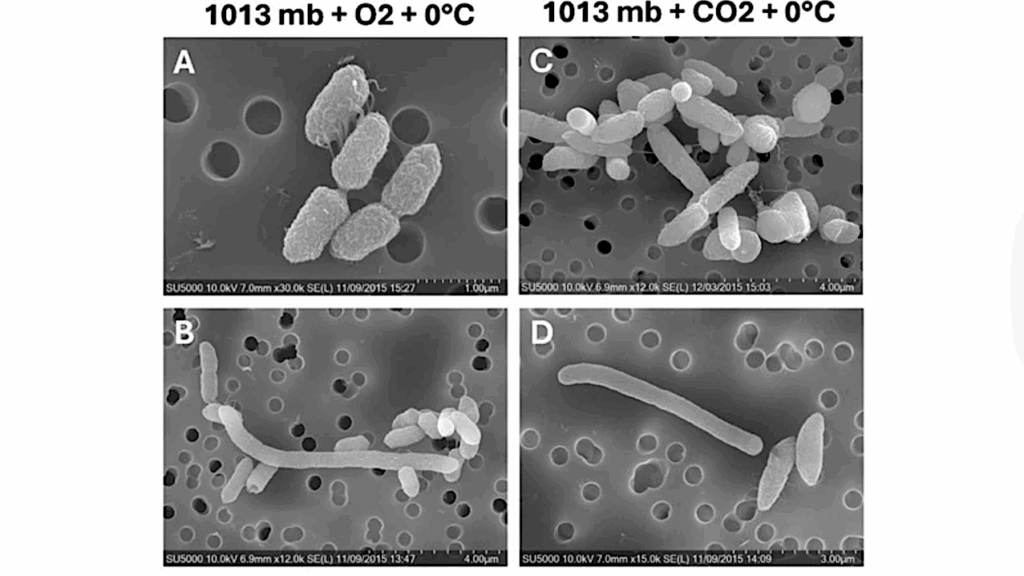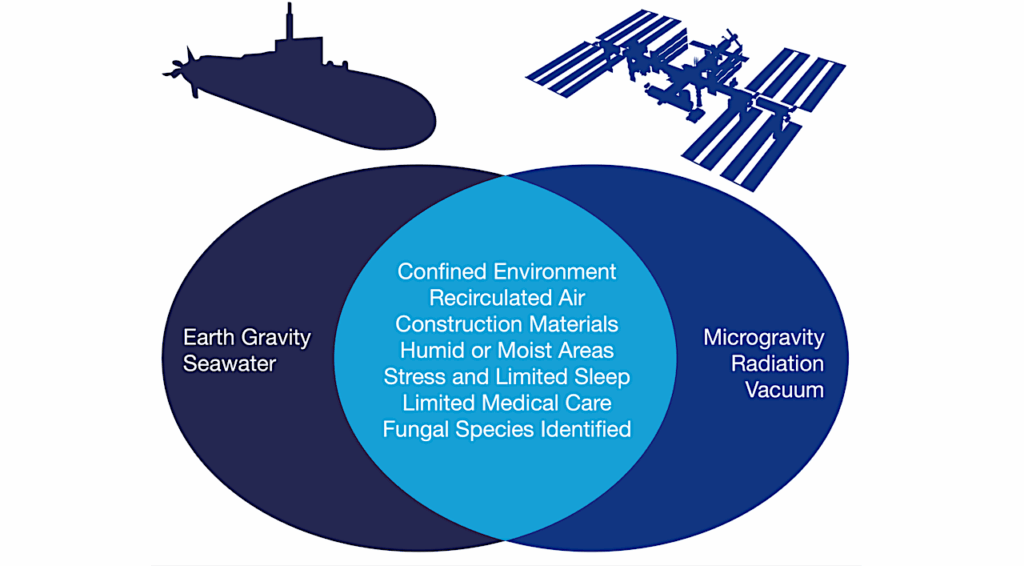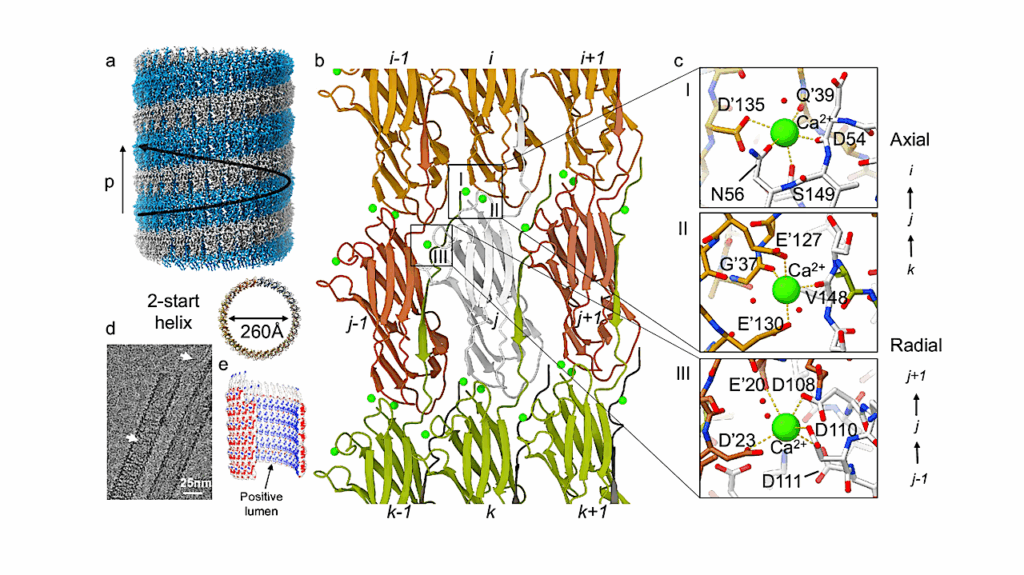Tardigrade Radiation Protection Gene Discovered

A new water bear protein can protect the DNA of human cultured cells from otherwise lethal amounts of radiation damage, say a group of Japanese researchers, providing part of the answer to why tardigrades can live in deadly conditions.
“Tardigrades, or water bears, are tiny aquatic creatures that can survive through incredible conditions including temperatures up to 100 degrees Celsius and as cold as absolute zero at minus 273 degrees Celsius, the vacuum of outer space, and extremely high pressures and intense radiation,” explains co-author Takekazu Kunieda, Assistant Professor at the University of Tokyo’s Graduate School of Science. “While researchers have long been fascinated by their resilience, we still don’t really know how it’s possible. We need to find the molecules that allow tardigrades to tolerate such conditions.”
Now, the scientists have found a new tardigrade protein that may explain why the tiny animals are resilient to extremely high amounts of radiation.
They decoded, with high precision, the entire genome of the tardigrade Ramazzottius varieornatus that is known to survive exposure to high doses of radiation. Using this full genome, they found a new protein they have named Dsup (Damage Suppressor) that protects the DNA when it is irradiated.
When human cultured cells were exposed to X-rays their DNA was damaged. However, when those same human cells were given the ability to create the Dsup protein, they showed approximately half the DNA damage. Further, and most surprisingly, the cultured cells that could create Dsup were still capable of reproducing.
“What’s astonishing is that previously, molecules that repair damaged DNA were thought to be important for tolerating radiation. On the contrary, Dsup works to minimize the harm inflicted on the DNA,” notes one of the lead authors Takuma Hashimoto, Project Researcher at the University of Tokyo’s Graduate School of Science, who performed the tolerance experiments.
He adds, “After exposing the cultured cells to X-rays, initially, we found only a small difference between those with and without Dsup; however, we left them in the incubator for a while in the hope that a key property of Dsup lay hidden somewhere in that miniscule difference, and that the difference would eventually become quite distinct. To our great surprise, when we checked the cells under the microscope some time later, their shape and number had changed significantly, far beyond our expectations.”
The scientists believe that their precise tardigrade genome sequence is a treasure trove of other Dsup-like proteins and that more of these molecules that increase the creature’s resilience will be found in future research.
Paper
Takuma Hashimoto, Daiki D. Horikawa, Yuki Saito, Hirokazu Kuwahara, Hiroko Kozuka-Hata, Tadasu Shin-I, Yohei Minakuchi, Kazuko Ohishi, Ayuko Motoyama, Tomoyuki Aizu, Atsushi Enomoto, Koyuki Kondo, Sae Tanaka, Yuichiro Hara, Shigeyuki Koshikawa, Hiroshi Sagara, Toru Miura, Shin-ichi Yokobori, Kiyoshi Miyagawa, Yutaka Suzuki, Takeo Kubo, Masaaki Oyama, Yuji Kohara, Asao Fujiyama, Kazuharu Arakawa, Toshiaki Katayama, Atsushi Toyoda & Takekazu Kunieda, “Extremotolerant tardigrade genome and improved radiotolerance of human cultured cells by tardigrade-unique protein”, Nature Communications Online Edition: 2016/09/21 (Japan time), doi: 10.1038/ncomms12808 .
Article link (Publication)








